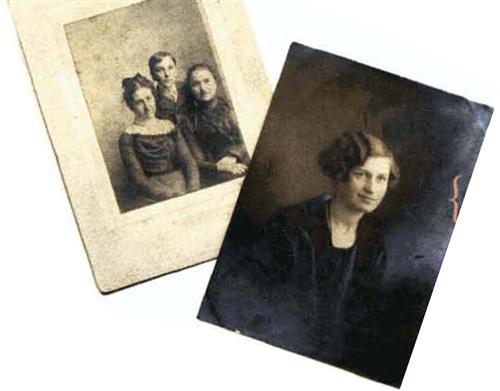
A. Photographs, letters and other documents collected for family histories are subject to copyright law, which protects exactly what it says: the right to make copies. This includes photocopying a work, having it reproduced, creating other products using that work, even e-mailing or posting on a Web sire. According to copyright law, you may not make copies (paper or electronic) of a work without the permission of the copyright owner, unless your reproduction is deemed a “fair use” (more on this later).
Copyright used to last 28 years and he renewable for another 28 years. That changed July 1,1978, when the duration was extended. Now copyright belongs to the creator of the work — the photographer, artist, letter writer — for his or her lifetime plus 70 years. That’s the case even if there’s no copyright symbol on the work. If a work was created in the scope of someone’s employment (called a “work for hire”), the employer is considered the owner, and the copyright lasts a total of 95 years. When the law changed in 1978, works already in the public domain remained public, but works still under copyright automatically fell under the longer term.
All this means that works published in the United States before 1923 are in the public domain and may be freely copied. Unpublished works that were created before Jan. 1, 1978, are copy right-protected for the life of the creator plus 70 years. A work is considered “published” when it’s made available to the general public.
The principle of “fair use” allows individuals to reproduce copyright-protected items — but it’s a complicated area of law. The courts generally consider four criteria:
1. the nature of the work (if it’s a news story that’s mostly facts, or something creative, such as a painting)
2. the nature of the use, whether it’s a commercial or nonprofit educational use
3. the amount of the work being copied
4. the financial impact of the copies on the market for the original
Creative works such as photographs weigh against a fair-use finding. If you’re reproducing the entire letter or entire photograph rather than a small portion, that also goes against a fair-use argument. But if you’re making these copies purely for your personal use — rather than for any kind of commercial purpose — that weighs in favor of fair use. The factor generally considered most important by the courts is the effect your use has on the marketability of the original work.
Without knowing if your photos were published and when the photographer died, it’s impossible to say whether they’re still under copyright protection or in the public domain. But, all things being equal, a copy of a photo for one’s own personal genealogical use will probably be considered a fair use.
From the September 2004 Trace Your Family History.




